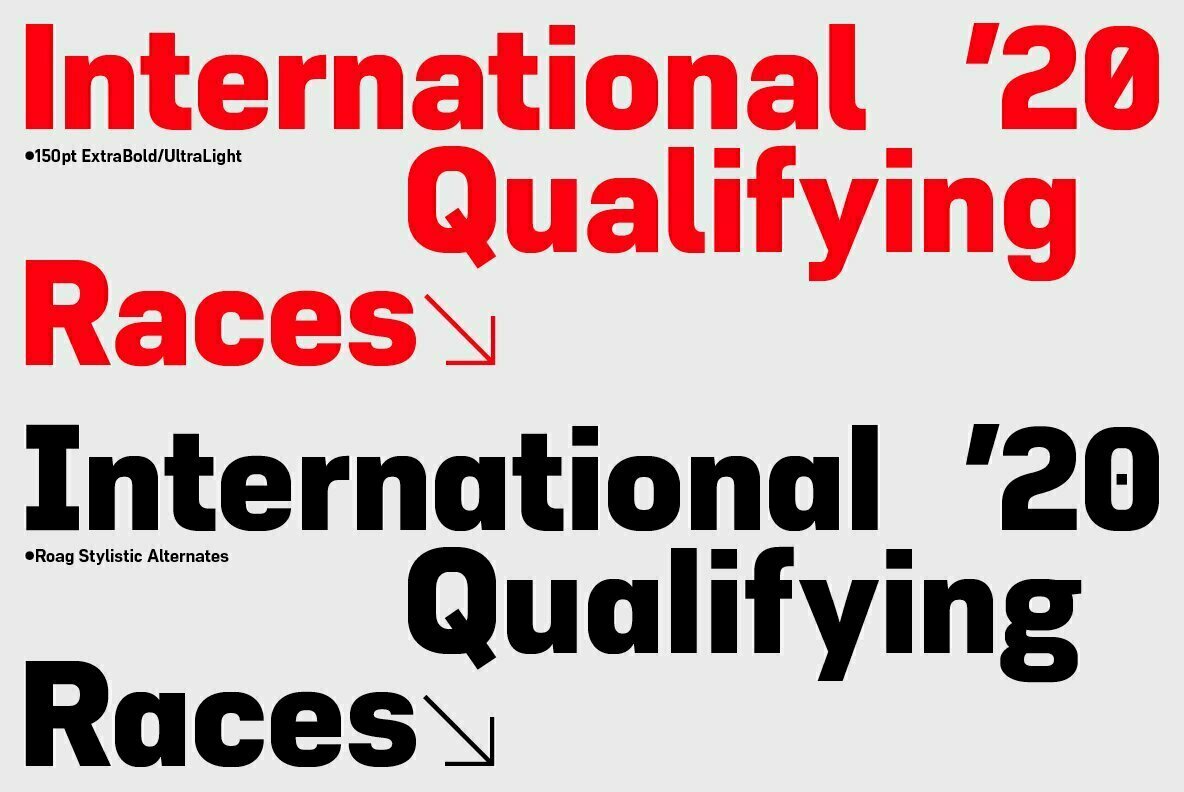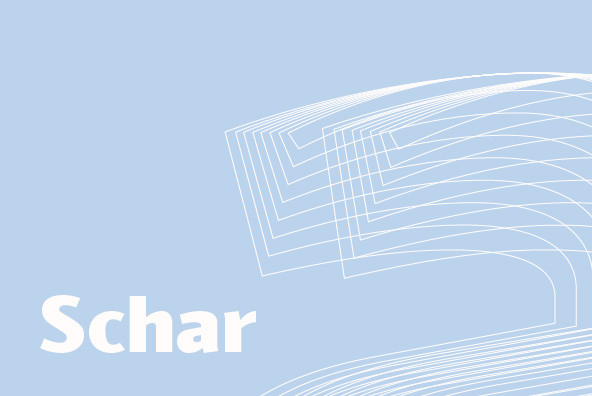No matter how many times we visit the Northern Block, it raises our heart rates to the point of audibility. Our papers are always in impeccable order; nonetheless, when we realize we are next in the customs line, we get the flutters. Our brows glisten. Our hands tremble as we slide our passports underneath the bulletproof glass to the dour guard.
We envy the nerve of a colleague of ours, who, as the apocryphal story goes, made a functional dirigible out of thousands of birthday balloons, scotch tape, and a few Bunsen burners. On a cloudy, moonless night he floated through the haze and quietly drifted over the wall, leaving those dark mysterious streets and dim yellow streetlights forever behind. It’s he who, ironically, convinced us to infiltrate the very Block he escaped.
We met him in a cafe several years after his daring flight, and he told us all about Manofa, Borda, and Boita; Bitner, Blom, and Bosko; Corbert, Cobol, and Engel. He drew several, as well as he could recall them, on the back of the innumerable coasters we saturated with beer during that long, storied evening. The execution, versatility, and sheer beauty of every letter amazed us, even though they were mere echoes seen through a lens of fading memories. We had to see those mythical fonts for ourselves, and hopefully, bring as many back as we could, however risky to life, limb, and liberty.
So over the years we’ve been sneaking them across, one letter at a time—sewn into hat brims, hidden in shoe heels, underneath rear-view mirrors. Now, we have an almost complete picture not only of what the Northern Block offers, but we even have identified the mysterious, faceless artists that were known only through bad copies and dubious legends. No, these are indeed real people, real artists, the geniuses of the Northern Block. Maybe one day, there will be a thaw, and we will meet them freely, in public, in the streets of those dark cities where black and white is not a nostalgic film, but a daily reality.
On the other hand, perhaps it is the lack of distraction, the forced introspection, that has resulted in so many amazing fonts coming from the Northern Block. Perhaps if these font artists left the Block, the dazzle of consumerism and folly would blunt their visions, destroy their focus, thicken their fingers, smother their creative fires. But that is only speculation. The Block remains monolithic, dark, inscrutable, impenetrable. The artists are deep within its borders. Yet from that murky, restrictive world, the fonts somehow continue to flow.
Consider Duran, a complete font we smuggled across the border in a hidden chamber constructed inside a car muffler. We suspect Duran was perhaps inspired by the legendary boxer Roberto Durán, granting that access to information, let alone films of Durán’s fights, would have been highly restricted within the Northern Block.
Nonetheless, it’s clear that Durán’s strength, versatility, and longevity are strongly reflected in the font allegedly bearing his name. Duran is a strong, versatile geometric sans with industrial quality. Inspired by technical style letterforms with simple construction, the typeface is useful in both large format and body text. Its compact lateral shape helps save space across layouts and is good to go across a wide range of modern applications.
Details include seven weights with matching italics and over 670 characters per style. Opentype features consist of eight variations of numerals, including inferiors, superiors, fractions, case figures and circled figures.
Additional features include case-sensitive forms, stylistic alternates, ligatures, game symbols, arrows and language support covering Western, South and Central Europe.
With that, we will leave you with rare footage of the Northern Block’s legendary typographers and all around underground dissident artists, Jonathan Hill and Malcolm Wooden, standing in respectively for the drummer and singer of the Yugoslav darkwave group Morbidi I mnoci in 1987. This performance occurred during a liberal period within the Northern Block when typography flourished (The Font Summer), but after Block authorities discovered Hill and Wooden had traveled to Yugoslavia where they’d been performing in lieu of Morbidi I mnoci’s regular members (Milorad Milinkovi and Sterije Tolic), Hill and Wooden were banned from font creation for 5 years, thus ending The Font Summer. Nonetheless, working at night under extremely adverse and stressful conditions, the artists did some of their finest work. We are honored to feature some of it here at YouWorkForThem.














